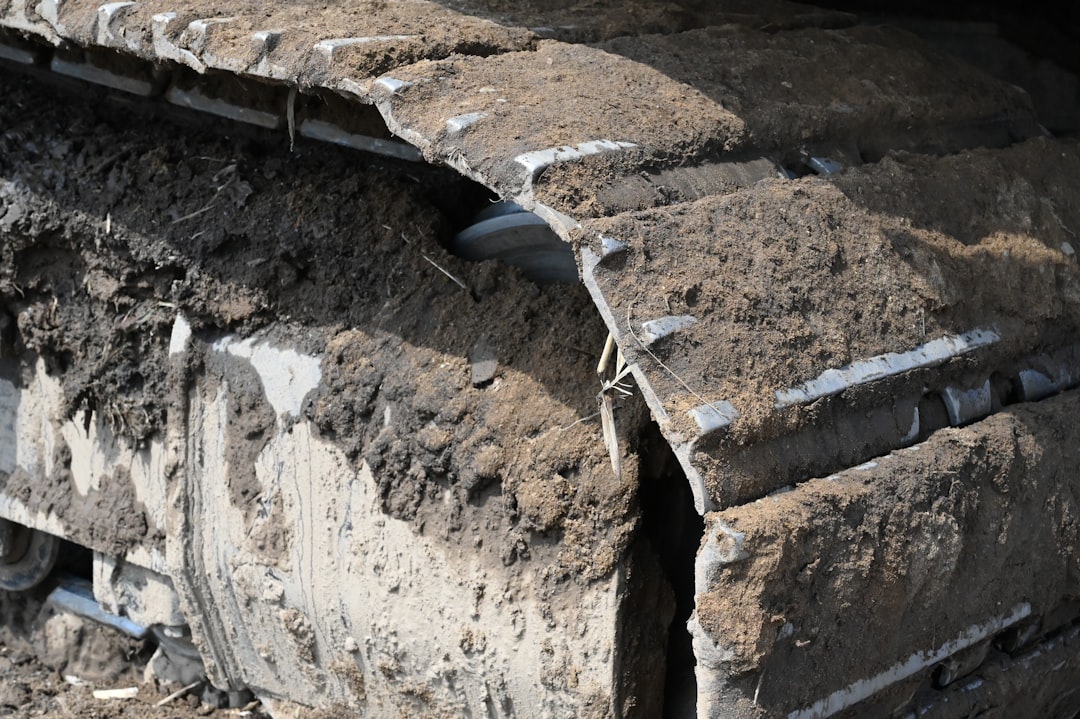What is it about?
Roundabouts and other circular intersections can be configured in different ways that require different driver behaviors and rules of right-of-way. This paper presents a method to properly categorize all types of circular intersections around the globe, and defines these categories accordingly.
Featured Image

Photo by Stephan H. on Unsplash
Why is it important?
Within North America and across the globe, circular intersections that appear relatively similar to users can in fact require significantly different driver behaviors, depending on if they are configured with a continuous circle road or a network of crossing roadways. This distinction can be of critical importance for, roadway designers and agencies, elected officials and other policymakers, road user education and licensing, traffic enforcement, mapping and GPS navigation, and safe operation of autonomous vehicles.
Perspectives
Roundabouts can be a very effective tool to reduce injuries and deaths from traffic crashes, but drivers often remain confused by them, in part because so many different types of circular intersections exist throughout the world. This paper was an exciting and challenging opportunity to devise a method to distill the operational structure of various styles of circular intersections, provide a comprehensive classification system, and identify the driver behaviors that are needed to safely navigate each type of circular junction.
Joseph Gustafson
Washington County (MN) Public Works
Read the Original
This page is a summary of: Uniformity of Terminology for Circular Intersection Designs, Transportation Research Record Journal of the Transportation Research Board, July 2018, SAGE Publications,
DOI: 10.1177/0361198118786672.
You can read the full text:
Contributors
The following have contributed to this page










